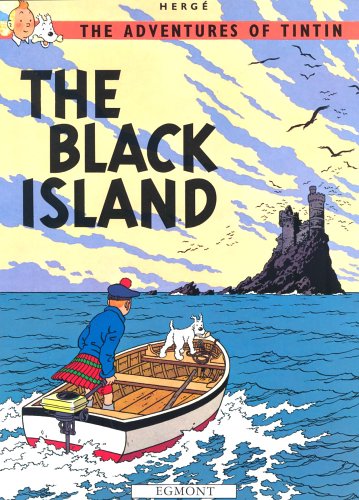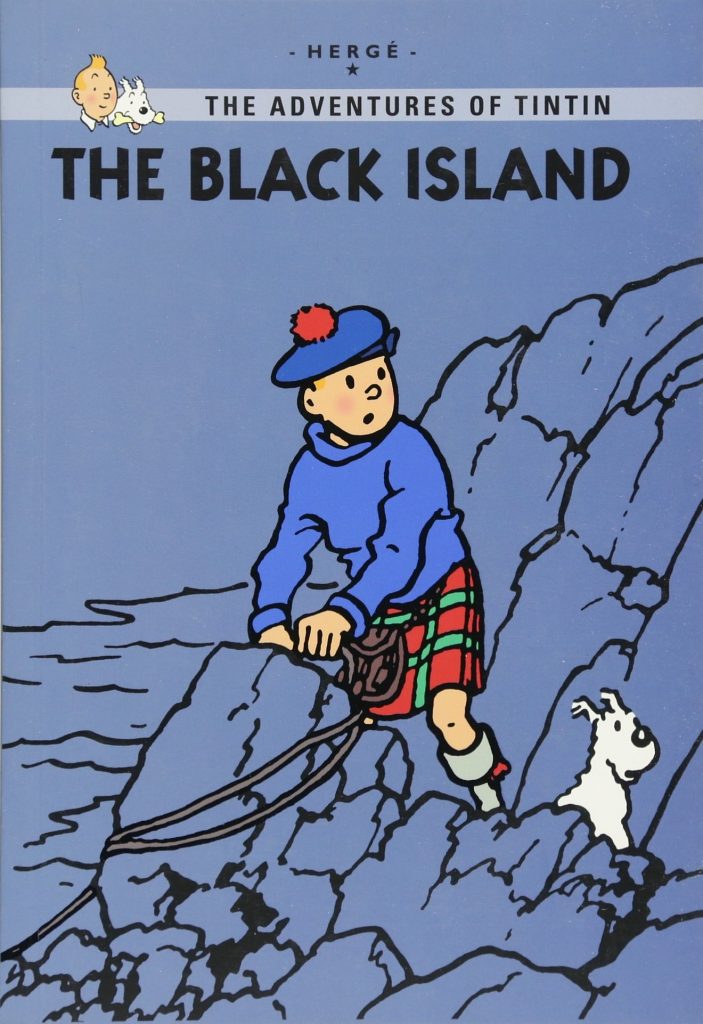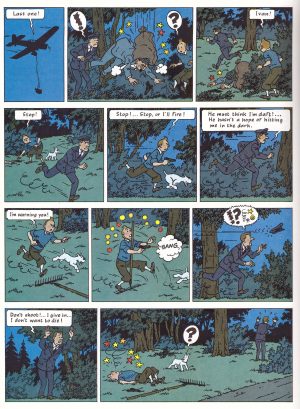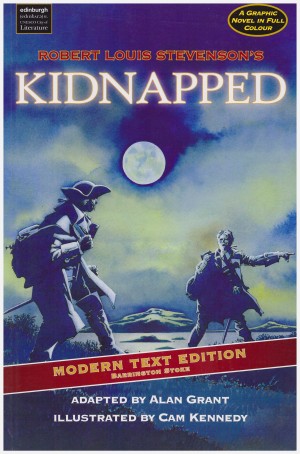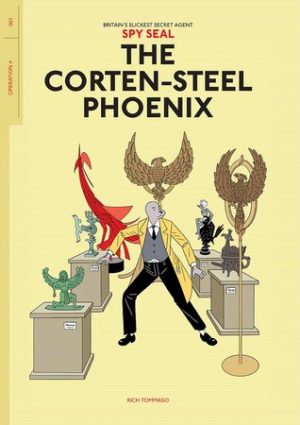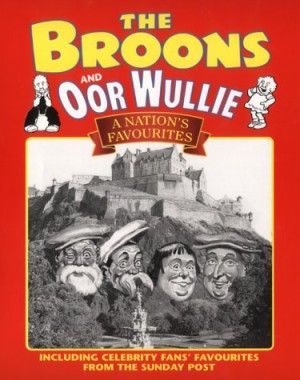Review by Frank Plowright
Of all the early Tintin adventures The Black Island is the story most extensively revised for book publication. Originally serialised in 1937, the first album arrived six years later, with colour added to Hergé’s elegant black and white art. The version most known today, however, was completely reworked by Hergé’s studio in 1966 at the insistence of his British publisher. Michael Farr in Tintin: The Complete Companion mentions a list of 131 items Methuen felt required correcting in order to more accurately represent Britain. At the time Hergé was working on Flight 714, so assistant Bob De Moor and his camera was sent on a trip, and De Moor and Roger Leloup are responsible for much of the background detail in the current edition. Farr feels it loses spontaneity when compared with the original, and as facsimile editions of that are now available, comparisons are easily made.
Whatever the version, there’s no denying The Black Island is a resounding success, a detective adventure beginning with the shock of Tintin being shot on the opening page. He recovers rapidly, and is soon in England on the trail of a crashed plane he believes connected with the men who shot him. Considering the serene cover image is so iconic, it’s surprising that it’s not until the halfway point of the book that Tintin arrives in Scotland, having followed assorted villains North from England’s South coast. Farr points out that this follows the pattern of Alfred Hitchcock’s 1935 adaptation of The Thirty Nine Steps, John Buchan’s most successful novel.
That The Black Island was originally serialised is apparent from the pattern of brief set-to’s followed by quiet interludes, but within that some great tension is generated. Early on Tintin’s life is endangered because he’s been too clever, and Hergé occupies several subsequent pages with good gags as a group of firemen chase the key needed to free Tintin. It’s one of several occasions featuring imaginative variations on slapstick sequences old even then. The rake on the sample page is an example, and is used on the following page to even better effect. Also good is the portrayal of the Scots, in particular the dour old bar fly.
It’s in The Black Island that Snowy first develops a taste for whisky, a joke that would recur, and it’s admirable how logically Hergé ties in the most anomalous elements entirely logically. On the face of it a gorilla loose in a ruined castle on a remote Scottish castle is unlikely, but there’s a good explanation fitting seamlessly with the established plot. However, with regard to other aspects convenience rears its head. On several occasions villains seemingly incapacitated make their escape to menace Tintin again, which might make for the thrills, but it undermines the plot. It’s also becoming apparent that as Hergé tightened his plots, Tintin required someone other than Snowy as a companion. Thompson and Thomson go through their comedy routines at the beginning and the end, but their roles within the series were already cemented. The following book, King Ottokar’s Sceptre, is the final flight for Tintin and Snowy alone.
